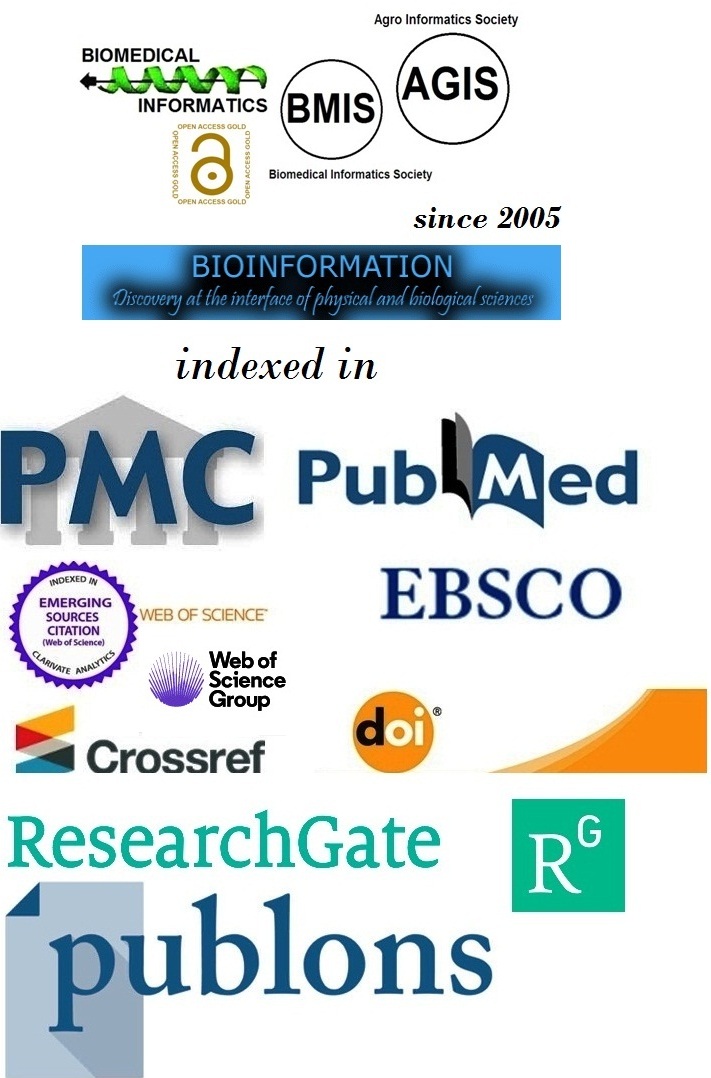Title
Methotrexate use in juvenile idiopathic arthritis and its impact on growth plate development: A prospective observational cohort study
Authors
Shreyansh Ahirwar1*, Prashant Panale2, Chetan Shokeen3, Nitin Pratap Shishodia4, Puneet Kamra5, Sujit Kumar Singh6 & Mrudul Kyada5
Affiliation
1Department of Dentistry, District Hospital, Vidisha, Madhya Pradesh, India; 2Department of Pediatrics, Military Hospital, Bareilly, Uttar Pradesh, India; 3Department of Pharmacology, Karnataka Medical College and Research Institute, Hubballi, Karnataka, India; 4Department of Oral Medicine and Radiology, Seema Dental College and Hospital, Rishikesh, Uttarakhand, India; 5Department of Orthopedics, SGT Medical College and Research Institute, Gurugram, Haryana, India; 6Department of Orthopedics, ASJSATDS Medical College, Fatehpur, Uttar Pradesh, India; *Corresponding author
Shreyansh Ahirwar - E-mail: drshreyansh.ahirwar@gmail.com
Prashant Panale - E-mail: poz129@gmail.com
Chetan Shokeen - E-mail: chetanshokeen4@gmail.com
Nitin Pratap Shishodia - E-mail: nitinshishodia48@gmail.com
Puneet Kamra - E-mail: puneetpgi292@gmail.com
Sujit Kumar Singh - E-mail: drsujitkrsingh@gmail.com
Mrudul Kyada - E-mail: mrudulkyada@ymail.com
Article Type
Research Article
Date
Received August 1, 2025; Revised August 31, 2025; Accepted August 31, 2025, Published August 31, 2025
Abstract
Juvenile Idiopathic Arthritis (JIA) is a chronic inflammatory disease that can disrupt normal skeletal growth in children. Methotrexate (MTX) is widely used as a disease-modifying therapy in JIA, has uncertain effects on the developing growth plate and bone elongation. Hence, we enrolled 40 children with JIA, dividing them equally into MTX-exposed and non-MTX groups and evaluated growth plate morphology (via imaging), growth velocity (using height-for-age Z-scores) and biochemical markers (IGF-1, ALP, Vitamin D) over 12 months. The MTX group showed significantly reduced growth velocity (ΔZ = 0.31 vs. 0.58, p < 0.01), more epiphyseal irregularities on MRI (35% vs. 5%) and lower IGF-1 and ALP levels compared to controls. Although no severe skeletal defects were found, these findings suggest MTX may subtly affect growth, highlighting the need for careful longitudinal monitoring in treated children.
Keywords
Juvenile idiopathic arthritis, methotrexate, growth plate, growth velocity, IGF-1, MRI, pediatric rheumatology
Citation
Ahirwar et al. Bioinformation 21(8): 2680-2683 (2025)
Edited by
Akshaya Ojha
ISSN
0973-2063
Publisher
License
This is an Open Access article which permits unrestricted use, distribution, and reproduction in any medium, provided the original work is properly credited. This is distributed under the terms of the Creative Commons Attribution License.
